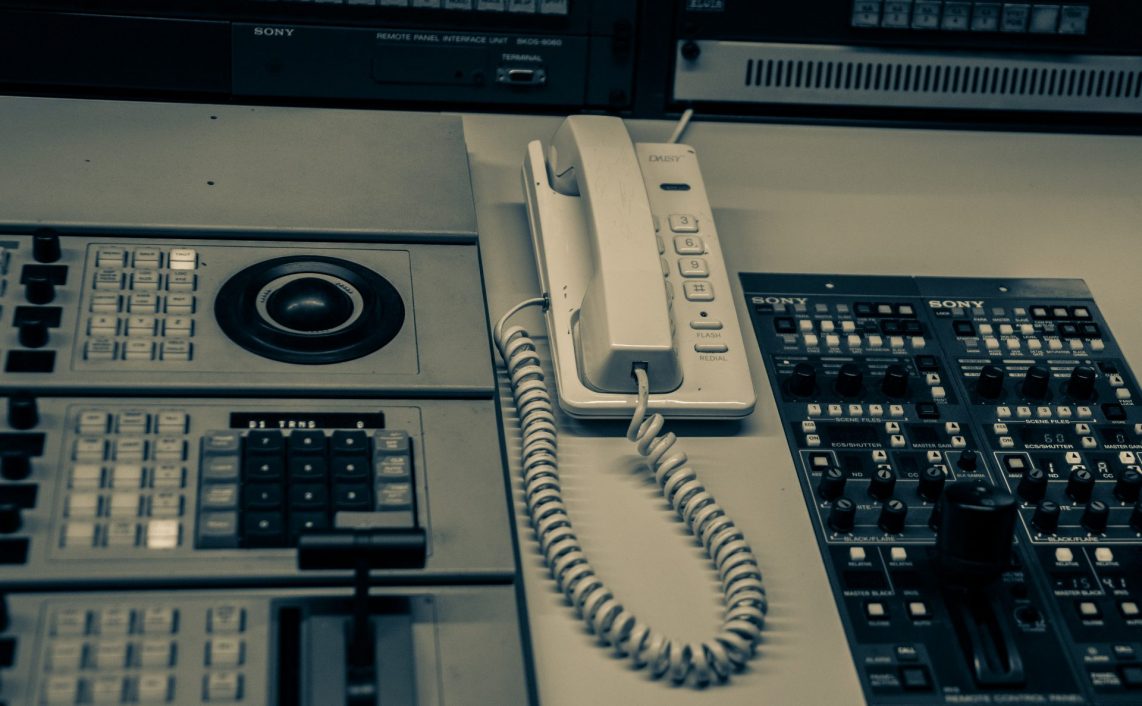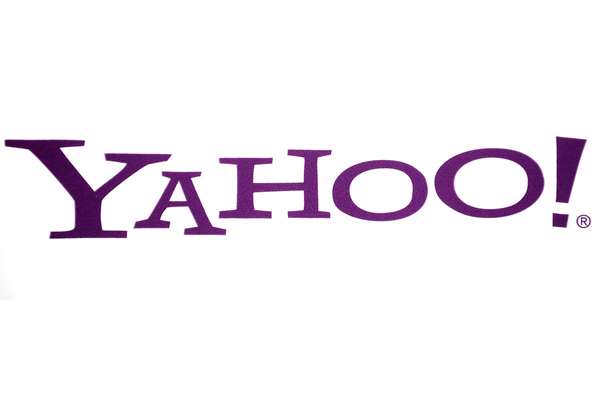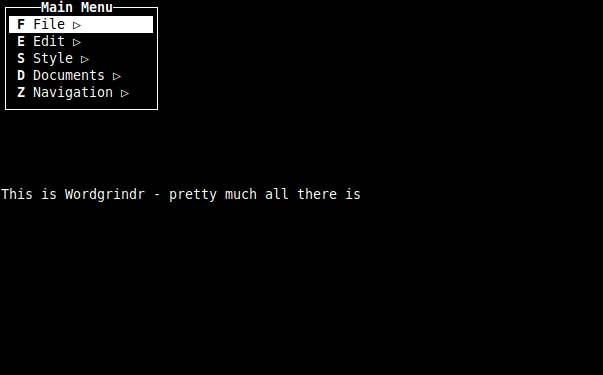
E-mail in the clouds. Essentially back in 1996 when Hotmail was first released (in the pre-purchased by Microsoft era) the dawn of popular cloud computing for e-mail began. The main issue was storage space. I believe that Hotmail launched with 5 megs of storage space for all of your e-mail. It is frustrating to know all the e-mails that have been lost over the years due to inadequate storage space. I now have single pictures in my email archive that are larger than 5 megs. Times change and space get’s cheap.
When Google released Gmail into the wild it was a game changer. Offering 1GB of storage space it made it seem that you literally could keep your e-mail forever. Other providers such as Hotmail and Yahoo were maxing out at 25 MB at the time, this seemed ridiculous in comparison.
Currently, Gmail supports almost 7 GB of storage space and Hotmail and Yahoo went to “unlimited”. I consolidate almost all of my e-mail to Gmail.
Data Types
To utilize e-mail storage you can attach any (supported) file and keep it in your mailbox.
Data Security
While you have to rely on a username and password to access your e-mail as the security barrier entry, if you want true protection from snooping it is suggested that you either get a web plugin that allows you to do encryption with Gmail, or keep your private messages encrypted and use them with an offline client.
Data Redundancy
Since you can forward e-mail from Gmail, I have it configured to forward all incoming mail to both my Yahoo Mail account and my Hotmail account. If for some reason GMail loses my data or in the unlikely event Google goes out of business I’ll still be able to access my e-mail messages.
It is recommended that you keep an offline backup of your mail messages so they can be accessed while being off the grid.
Data Accessibility
With Gmail offering access via a rich web interface, a basic web interface, a mobile web interface, POP3, SMTP, and IMAP; it seems unlikely that you are going to find an Internet device that can not access it in some way or fashion.
Conclusion
This is the e-mail scenario that works for me. Since encryption really isn’t ubiquitous across the board I don’t use it as I should. Beyond that, this scenario is highly redundant and should allow you to operate from anywhere with a network connection without worrying about losing your data.
Previous entries in the Living in the Clouds Series:
Living In The Clouds Part 1 – Introduction To Cloud Computing







